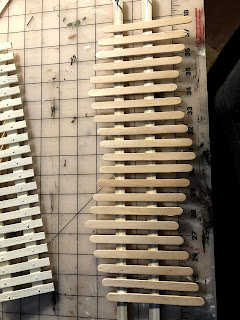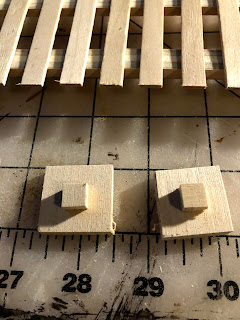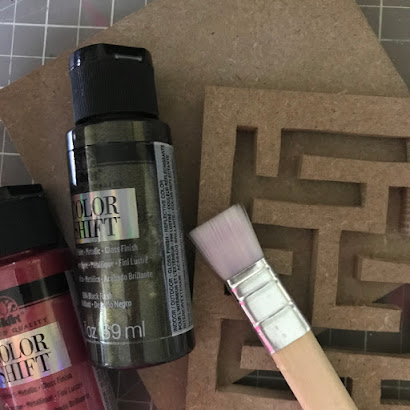Hi folks. Hope you all had a great Christmas. Now that the New Year is here I always get in the mood to make some improvements. I guess it comes from the tradition of making those New Year's resolutions. I have given up with the exercising more, eating better etc. Trouble with those is they go on and on and... with no end in sight, I usually give up fairly quickly. Today I have a firm step towards the vague goal of getting my shop organized We are going to make a small rack to hold our clamps. I am going to use Proxxon tools to make a smaller version for our smaller clamps.
Supplies and Equipment
1" x 2" pine board (length varies according to the number of clamps your are going to put up) Mine holds 10 clamps and is 16" long. Plus I need 2 side pieces each 2 12" long so I needed 21"
Scrap wood approx 1/4 -1/2' x (length of your board )
wood glue
small screws and screwdriver
Proxxon mini drill press with small drill bits
Let's make a plan I have my slots spaced 1 1/2" apart on center
After transferring the plan to my wood. the first step id to drill the holes. This is done easily and accurately using the Proxxon mini drill press.🠋
To mount it to the wall, I attached the piece of scrap board to the support that spanned the wood piece this allowed me access to screw it securely to the wall. the 10 degree upward angle keeps the clamps from slipping off.
Woo Hoo we are done. Now I have easy access to my little clamps ! One step closer to an organized shop!!👍
Thanks for visiting. I promise you a more exciting project next time. Something pretty. Thank you Proxxon. Love your awesome tools!!. Carol



























































